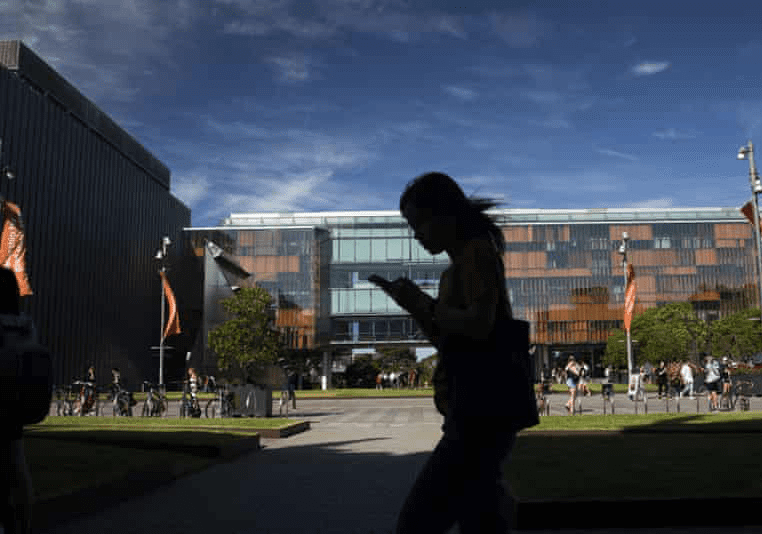Universities in New South Wales spent a total of $293.9 million on staff redundancies in 2020, an audit on ten public universities conducted by the NSW Auditor-General has revealed.
The audit shows that university spending on sacking staff surpassed the $286.6 million revenue shortfall from international students in 2020. In all, 2,162 staff lost their jobs.
While redundancy programs increased employee-related expenses across the ten universities by 4.4 per cent from 2019, the job losses are expected to result in decreased employee-related expenses in future years, saving universities costs in the long run.
Voluntary redundancy programs offer financial incentives for employees to resign, allowing university managements to minimise the reputational risk that incurs from sacking staff, though the extent to which the schemes are ‘voluntary’ is debatable.
In response to projected revenue downfalls, the University of Sydney (USyd) launched a voluntary redundancy program in September 2020, accepting 252 expressions of interest from staff in December.
USyd made provisions for $29 million in redundancies as part of the scheme, with 166 staff who passed through the program’s consultation stages departing this year. The scheme was part of a “suite of savings measures implemented as the potential impacts of the pandemic became clear,” a University spokesperson told Honi.
Separately, in 2020, 131 staff were made redundant at USyd at a cost of $10.8 million. 109 of these redundancies were voluntary, meaning that 22 were dismissed without choice.
Critics contended that the redundancies were unnecessary given the University’s strong financial position, suggesting that managers had wanted to downsize since before the pandemic.
The National Tertiary Education Union (NTEU) unanimously opposed the voluntary redundancy program after its announcement in September, with former NTEU Sydney Branch President Kurt Iveson calling it “pandemic opportunism.”
Current Branch President, Patrick Brownlee, told Honi that the NTEU had “pressed for the University to dig into its vast reserves to cover any shortfall in funding that might have occurred because of lower enrolments” and “were successful in halting mass forced redundancies, but the lure of VR did see many people put their hand up.”
In statements to Honi last year, the University justified the austerity measures as a response to the pandemic, including an expected reduction in the number of international student enrolments in 2021 due to restrictions on overseas travel.
However, USyd was one of only two institutions that increased its revenue from international students, by 4% according to its Annual Report. The number of international student enrolments at USyd also rose by 32.5% in semester one 2021, compared to semester one 2020.
A spokesperson said that while numbers have increased they continue to be well below pre-pandemic forecasts, but that as a result of savings measures and students studying remotely the University has “so far weathered the impacts of the pandemic to a much better degree than we ever thought possible.”
The audit attributes the increase in international student enrolment numbers to the University’s establishment of “fast network access capabilities” to allow students overseas to study online.
Elsewhere, the audit shows that USyd performed as the richest of the state’s public universities, boasting a surplus of $109 million in 2020.
USyd’s strong financial position is followed at a distant second by Western Sydney University, at $22 million in net operating results. Meanwhile, six universities including UNSW, UTS and Macquarie recorded negative net results in 2020.
The University also raked in over $120 million in donations and bequests from philanthropists in 2020, an increase of 46.4% compared to 2019. Its philanthropic revenue far surpassed that of other universities.
Over 17,000 people lost their jobs in Australian universities in 2020, including permanent staff and casuals whose contracts were not renewed.
Brownlee told Honi that the NTEU was concerned the “wholly unnecessary” redundancies had increased workload for remaining staff, though emphasised that this had already been the case:
“This is a condition of the modern University: constant change, constant strategising and constant and flagrant demands on staff to work over and above their stated workloads.”
Editors’ note: Updated with comment from Patrick Brownlee on 25 June, 7:42 pm.





